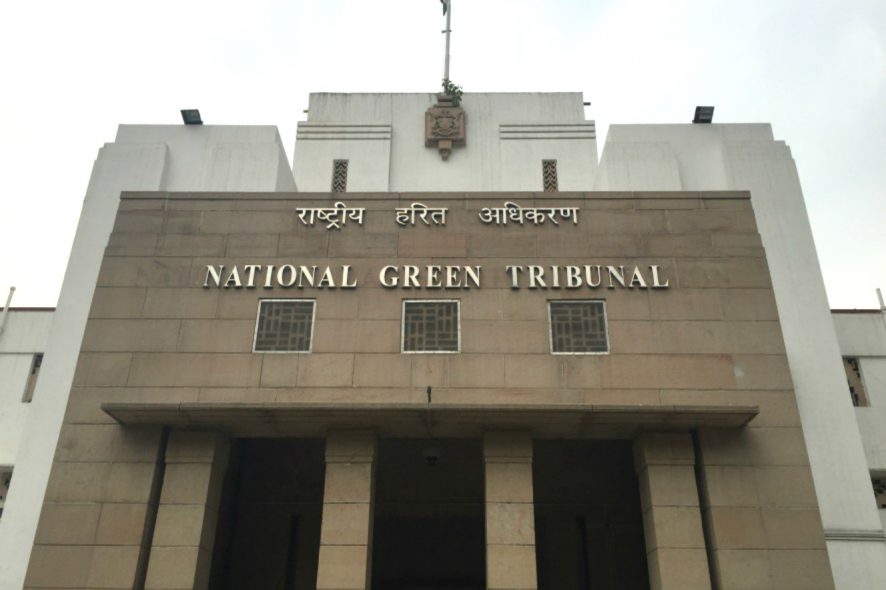National Green Tribunal (NGT), New Delhi: The Coram of Adarsh Kumar Goel (Chairperson), J. and S.P. Wangdi (Judicial Member), K. Ramakrishnan (Judicial Member), JJ. and Dr Nagin Nanda (Expert Member) heard an application filed by the petitioner, regarding the issue of control of forest fires and laid down guidelines for effective implementation of the action plan.
The present matter pertained to the menace of forest fires. Background of this matter was that in earlier orders of this Tribunal, it had sought a report on fire alerts, mapping of forest areas which are critical and vulnerable, steps for fire line cutting as preventive measures for forest fires. A National Policy was directed to be prepared and periodically updated under Section 5 of the Environment (Protection) Act, 1986. The Ministry of Environment, Forest and Climate Change (MoEF&CC) adopted a National Action Plan on Forest Fire (NAPFF) to minimize forest fires and allied issues through communication, awareness and sharing of information on portals. The problem being of continuous nature, policies and implementation were required to be reviewed from time to time by an institutional mechanism. Apart from forest fires, the issue of its impact on the general public and wildlife are also needed to be addressed. Nodal officer at the central level, preferably Inspector General, in the Forest Protection Division in the MoEF&CC was to monitor and coordinate the implementation of the NAPFF with the States.
A miscellaneous application was filed by the applicant herein in the present original application stating that incidents of forest fires were on the increase as per reports published on the internet, and the issue required more effective steps for implementation. The Tribunal sought a report from the MoEF&CC, and after interaction with the Inspector General of Forest (In- charge, Forest Protection and Forest Fire), it gave the following guidelines:
(i) Though a comprehensive action plan had been duly adopted, its implementation required a robust institutional mechanism in view of the increase in the incidents of forest fires.
(ii) Institutional mechanism for preventing and controlling forest fires may comprise of representatives of the MoEF&CC, Central Pollution Control Board (CPCB), Wildlife Institute of India, National Disaster Management Authority, Indian Council of Forestry Research and Education (ICFRE), Forest Survey of India (FSI) and the National Remote Sensing Centre representing the Central Government on one hand; and the Principal Chief Conservator of Forests of all the States/Union Territories on the other hand.
(iii) The Central Monitoring Committee will be headed by the Secretary of MoEF&CC with seven members mentioned in point no. (ii) above. The Secretary would be free to add any member or expert, apart from special invitees, if any.
(iv) Central Monitoring Committee must meet once in three months and address all the issues arising out of forest fires, including the effective implementation of NAPFF.
(v) The Tribunal also noted that from the NAPFF, a national level database must be developed for burnt area assessment on a yearly basis.
(vi) Standardized protocols and procedures must be developed by ICFRE and FSI to facilitate the reporting of the area affected and losses due to the forest fire.
(vii) ICFRE was also directed to assist in designing and organizing adequate training programs for forest officials at various levels.
(viii) The Secretary, MoEF&CC may issue directions for the constitution of an appropriate institutional mechanism at State levels also.
The application was disposed of in the above terms.[Rajiv Dutta v. Union of India, 2019 SCC OnLine NGT 75, decided on 28-05-2019]






